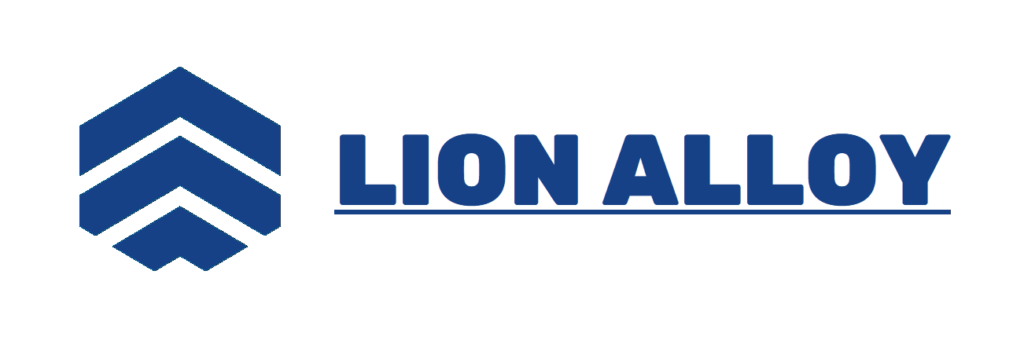Introduction
NIMONIC 80A is a nickel-based alloy known for its excellent high-temperature performance and mechanical strength. It is widely used in aerospace, energy, and chemical industries. To ensure its performance under high-temperature and high-stress conditions, the size design and optimization of alloy components are crucial. This article will explore the considerations for size design of NIMONIC 80A alloy components and optimization methods.
1. Key Characteristics of NIMONIC 80A Alloy
Before proceeding with size design, it is vital to understand the main characteristics of NIMONIC 80A alloy. Key features include:
- High Strength: Maintains good mechanical strength at high temperatures.
- Corrosion Resistance: Excellent oxidation and corrosion resistance.
- Machinability: Can be formed and welded through various machining methods.
2. Considerations for Size Design
When designing NIMONIC 80A alloy components, the following factors must be considered:
2.1 Operating Environment
- Analyze the working environment of the component, including temperature, pressure, and chemical corrosion conditions, which will directly affect the size selection.
2.2 Load Requirements
- Determine the static and dynamic loads the component will bear during operation to ensure that the designed size meets strength requirements.
2.3 Material Properties
- Consider the characteristics of NIMONIC 80A alloy, including its yield strength and ductility, to reasonably design the shape and size of the component.
3. Size Optimization Methods
3.1 Finite Element Analysis
- Utilize Finite Element Analysis (FEA) software for simulation calculations to predict stress and deformation of the component under different conditions, optimizing the design size.
3.2 Shape Optimization
- Adjusting the geometry of the component to reduce stress concentrations and increase overall strength. Common methods include changing the cross-sectional shape and size.
3.3 Machining Allowance Design
- Consider machining allowances when designing the size to ensure that the final dimensions and surface quality can be achieved in subsequent processing.
4. Case Study
In the design of turbine blades for aerospace engines, size design of NIMONIC 80A alloy components has adopted advanced optimization techniques. Finite element analysis shows that by adjusting the size at the root and tip of the blades, stress concentrations can be effectively reduced, thereby increasing blade lifespan.
5. Conclusion
The size design and optimization of NIMONIC 80A alloy components are critical to enhancing their performance in demanding applications. By understanding the material properties and utilizing advanced design techniques, it is possible to produce components that meet stringent industry standards.


